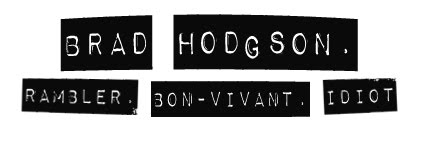As my work has moved into slightly different teritorry it is ineteresting to note how my influences have varied as well. Zarina Bhimji is an artist I first came across in 2007 when I went to the Turner Prize at Liverpool's Tate. Paula recently mentioned that she thought of Bhimji's work, in particular the video work that was on display at the Tate, when watching my film.
Zarina Bhimji is a Ugandan born artist who has travelled extensively throughout India, Zanzibar and East Africa, immersing herself in their discrete yet intersecting histories.
Whilst obviously taken conceptually relating to the past attrocities of the places she visits, her imagery depicts the human traces of landscape and architecture abandoned by their previous occupiers
Walls are a recurring motif in Bhimji's work, attracting her through their absorption of history as they become a record of those who built, lived within and ultimately abandoned them. Something she has relied upon again when displaying her film piece, in a dark walled area with the distressing soundtrack transmitted at a high volume that haunts the viewer as much as the imagery.
The washed-out tone of the hair-like material, the light, and the interior of the factory create a saturated monochrome that, combined with the film’s soundtrack, becomes immersive. Bhimji originally recorded the piece on 35mm film and then transferred to high-definition video, ensuring every nuance of the building is captured in a distinct tone, something I relied on post-produciton techniques to achieve.
I was glad Paula brought Bhimji up as I hadn't noticed the significant link between my work, something which will be even closely linked when I travel to Uganda this summer as part of a charity placement.
































